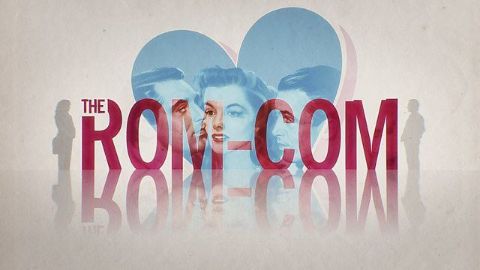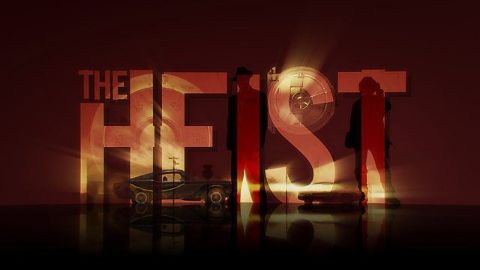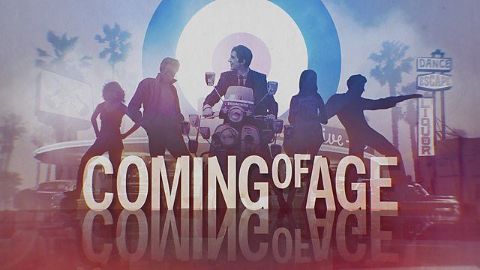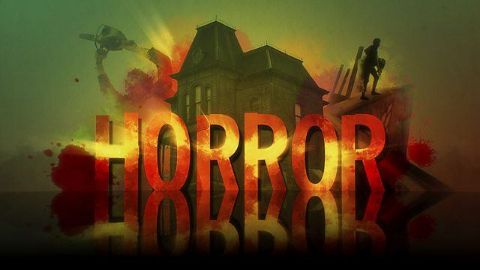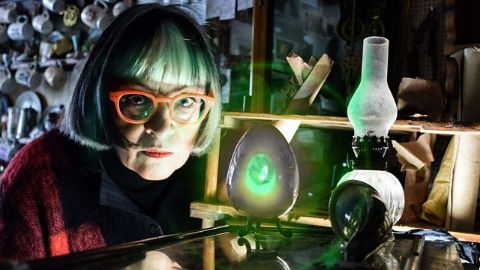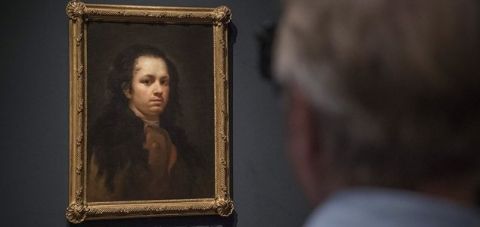The Heist • 2018 • episode "Part 2" • Mark Kermode's Secrets of Cinema
This time it is the turn of the heist movie, with its unique combination of suspense and action. Whether it is the big bank job or netting a fortune in diamonds, why, asks Mark, do otherwise law-abiding audiences find themselves rooting for robbers and even killers? More than any other genre, the heist movie plays with our sympathies, encouraging us to identify with characters we would run a mile from in real life. From The Asphalt Jungle to Ocean's Eleven by way of The Italian Job and even The Wrong Trousers, Mark shows how recurring character types, such as the mastermind, and sequences like the planning scene and the getaway, draw us into the big score. And he demonstrates how recent hits like Inception, The Wolf of Wall Street and Baby Driver have pushed the conventions of the heist in thrilling new directions. At the box office, at least, crime really does pay.
Make a donation
Buy a brother a hot coffee? Or a cold beer?
Hope you're finding these documentaries fascinating and eye-opening. It's just me, working hard behind the scenes to bring you this enriching content.
Running and maintaining a website like this takes time and resources. That's why I'm reaching out to you. If you appreciate what I do and would like to support my efforts, would you consider "buying me a coffee"?
Donation addresses
BTC: bc1q8ldskxh4x9qnddhcrgcun8rtvddeldm2a07r2v
ETH: 0x5CCAAA1afc5c5D814129d99277dDb5A979672116
With your donation through , you can show your appreciation and help me keep this project going. Every contribution, no matter how small, makes a significant impact. It goes directly towards covering server costs.
